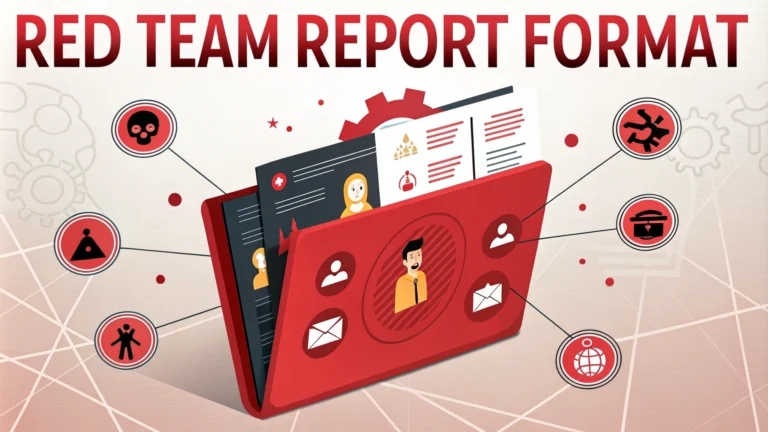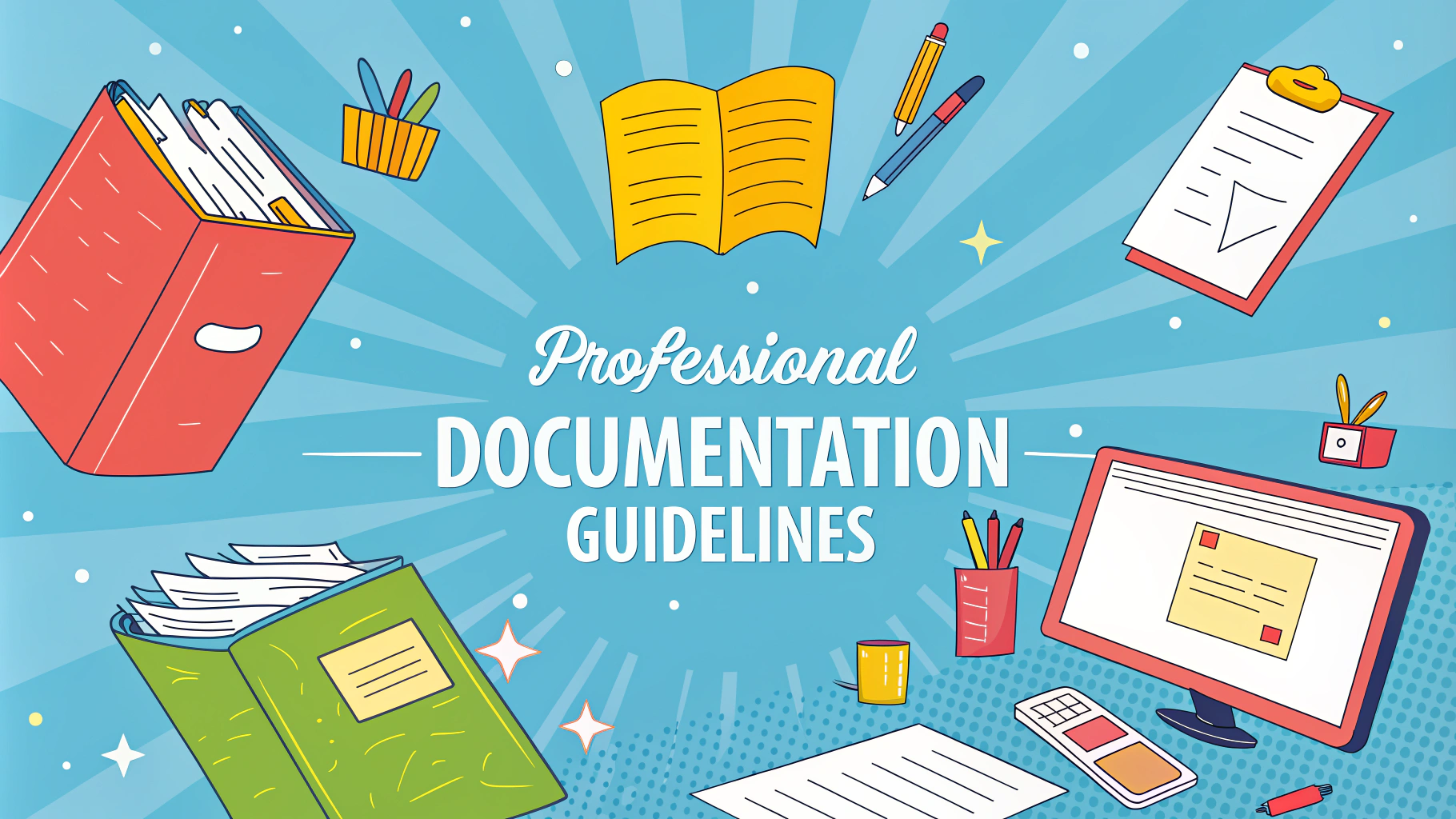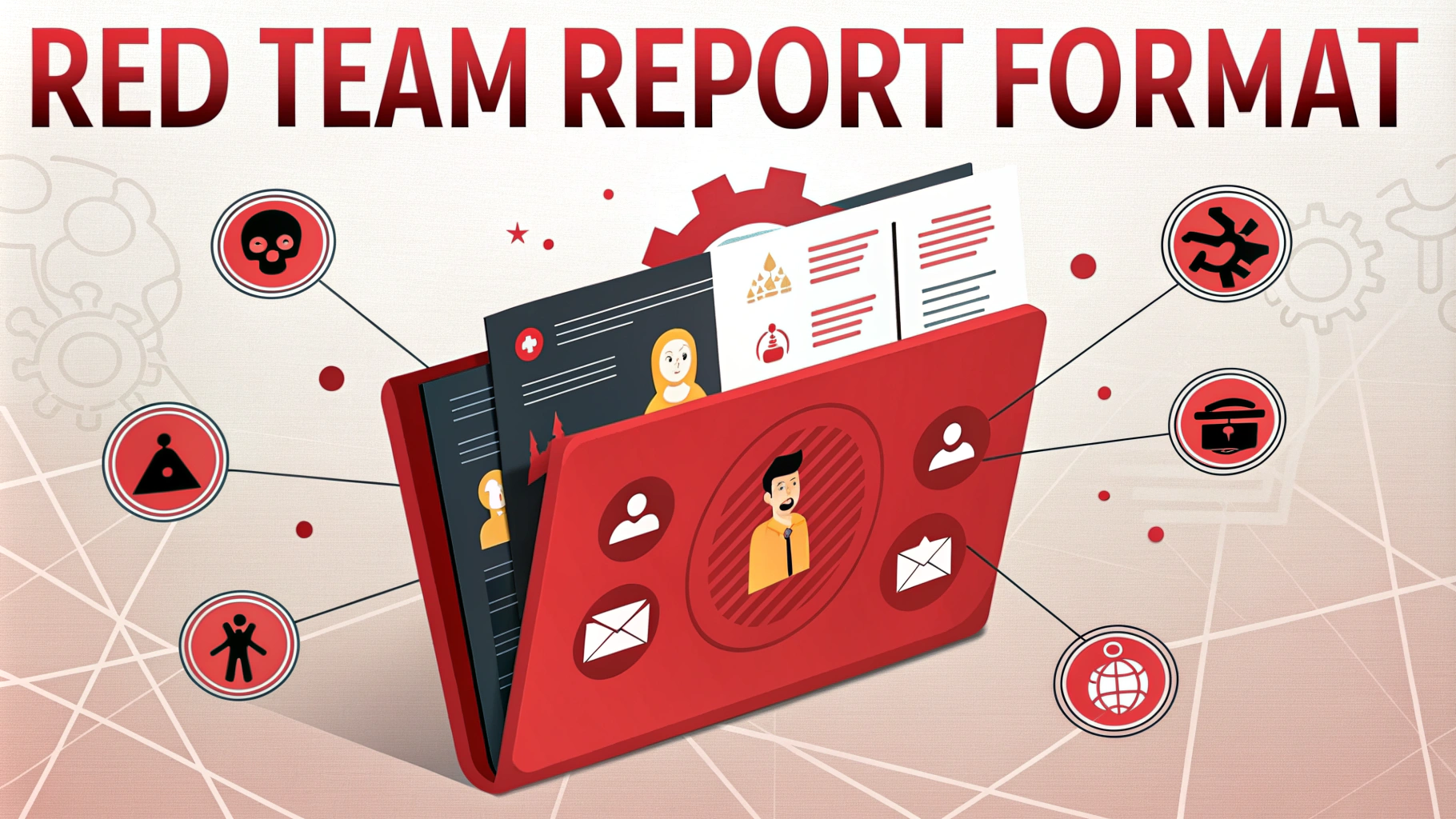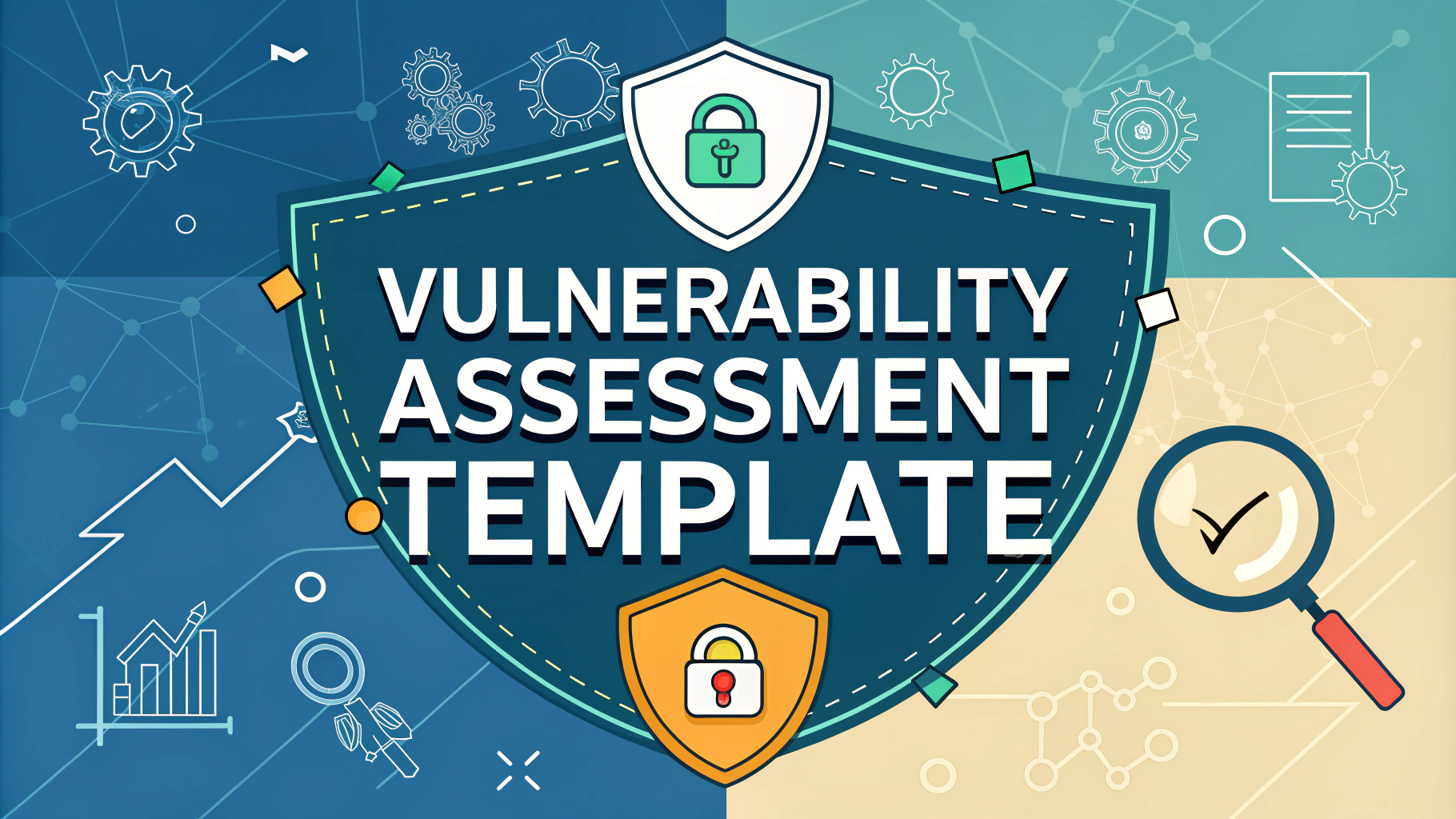Red team reports document the findings, methodologies, and recommendations from offensive security assessments aimed at identifying vulnerabilities in an organization’s systems and infrastructure.
A well-structured red team report helps organizations understand their security gaps and prioritize remediation efforts based on real-world attack scenarios.
This guide outlines the key components and best practices for creating effective red team reports that drive actionable security improvements.
Essential Report Components
- Executive Summary
- Scope and Objectives
- Methodology
- Findings and Vulnerabilities
- Attack Narratives
- Recommendations
- Technical Details
- Appendices
Executive Summary Section
The executive summary provides a high-level overview of the assessment, key findings, and critical recommendations for business leaders.
Key Elements to Include:
- Assessment dates and duration
- Number of critical/high/medium/low findings
- Major security gaps identified
- Success rate of key attack chains
- Strategic recommendations
- Risk rating summary
Methodology Documentation
Document the tactics, techniques, and procedures (TTPs) used during the assessment.
Required Information:
- Tools and technologies used
- Attack frameworks (MITRE ATT&CK)
- Reconnaissance methods
- Exploitation approaches
- Post-exploitation activities
Vulnerability Documentation
Each finding should be documented with these components:
- Title: Clear, descriptive name of the vulnerability
- Risk Rating: Critical, High, Medium, or Low
- Description: Technical explanation of the issue
- Impact: Business impact and potential consequences
- Proof of Concept: Evidence and reproduction steps
- Remediation: Specific fix recommendations
Attack Chain Narratives
Document successful attack paths that led to objective completion.
Include These Elements:
- Initial access vector
- Lateral movement techniques
- Privilege escalation methods
- Data exfiltration paths
- Timeline of events
- Screenshots and command logs
Remediation Guidance
Provide actionable recommendations prioritized by risk level and implementation effort.
Format Recommendations As:
- Short-term quick wins
- Medium-term improvements
- Long-term strategic changes
- Estimated implementation time
- Required resources and skills
Technical Appendices
Include detailed technical information to support findings and enable remediation.
Common Appendices:
- Raw scan results
- Command outputs
- Network diagrams
- Configuration files
- Custom exploit code
Report Writing Best Practices
- Use clear, technical language without jargon
- Include evidence for all findings
- Provide step-by-step reproduction steps
- Link findings to business impact
- Format consistently throughout
- Include an executive summary for non-technical readers
Next Steps After Delivery
Schedule a findings review meeting with key stakeholders to discuss results and remediation plans.
Set up tracking mechanisms for vulnerability remediation progress.
Plan follow-up assessments to verify fixes are implemented correctly.
Tools for Report Writing
- PlexTrac: Collaborative red team reporting platform
- Dradis: Open-source reporting framework
- Microsoft Word: Traditional document creation
- GitLab: Version control for report templates
Moving Forward With Results
Track remediation progress through a vulnerability management program.
Use findings to improve security awareness training and incident response procedures.
Consider implementing continuous security testing based on discovered attack paths.
Report Distribution Protocol
Establish clear guidelines for report handling and distribution to protect sensitive findings.
Distribution Controls:
- Classify report sensitivity level
- Define authorized recipients
- Implement access controls
- Track report versions
- Set retention periods
Quality Assurance Process
Implement a thorough review process before finalizing reports.
Review Checklist:
- Technical accuracy verification
- Grammar and formatting check
- Risk rating validation
- Remediation feasibility assessment
- Business impact confirmation
Metrics and KPIs
Track assessment effectiveness and improvement trends through key metrics.
- Time to objective completion
- Detection rate by blue team
- Number of critical findings
- Remediation completion rates
- Return on security investment
Strengthening Security Through Intelligence
Transform red team findings into actionable intelligence for ongoing security improvements.
Key Actions:
- Update security controls based on successful attack paths
- Enhance detection capabilities for observed TTPs
- Revise security policies and procedures
- Integrate lessons learned into security training
- Build resilience against identified attack vectors
FAQs
- What sections should a Red Team Report include?
Executive Summary, Technical Summary, Methodology, Findings & Vulnerabilities, Impact Assessment, Remediation Recommendations, and Appendices including technical evidence and attack paths. - How should vulnerabilities be prioritized in a Red Team Report?
Vulnerabilities should be ranked using CVSS scores or similar frameworks, considering impact severity, exploitation difficulty, and business context, typically categorized as Critical, High, Medium, or Low. - What technical details should be included for each finding?
Each finding should include affected systems/components, proof of concept, step-by-step reproduction steps, technical evidence (logs, screenshots), and specific affected URLs or endpoints. - Should a Red Team Report include successful and failed attack attempts?
Yes, documenting both successful and failed attempts provides valuable insights into security controls that worked and potential areas for improvement in defense mechanisms. - How detailed should the methodology section be?
The methodology section should outline tools used, attack frameworks (like MITRE ATT&CK), testing approach, scope, limitations, and timeline of activities performed during the engagement. - What should be included in the executive summary?
Key findings, overall risk assessment, critical vulnerabilities, potential business impact, and high-level recommendations, written in non-technical language for business stakeholders. - How should remediation recommendations be presented?
Recommendations should be prioritized, actionable, include estimated effort/complexity, and provide both short-term fixes and long-term strategic improvements. - What sensitive information should be excluded from the report?
Credentials, encryption keys, personally identifiable information (PII), and specific exploit code that could be immediately weaponized should be excluded or redacted. - How should data exfiltration findings be documented?
Document the type and amount of data accessed, exfiltration method used, and control breakdowns, but avoid including actual sensitive data in the report. - Should the report include attack chain diagrams?
Yes, visual representations of attack chains help demonstrate how different vulnerabilities were chained together to achieve objectives and illustrate the attack path.








